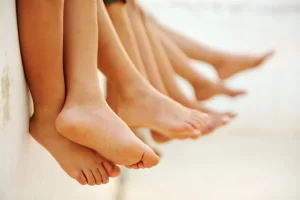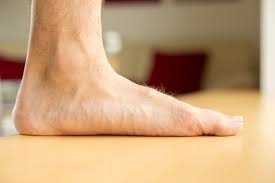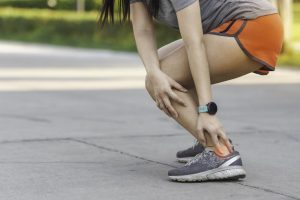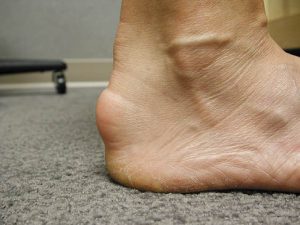
Paediatric foot disorders can have long-term consequences that persist into adulthood if left untreated or if not managed appropriately. Here are some of the potential adult consequences of paediatric foot disorders:
- Persistent foot pain: Foot disorders such as flat feet, high arches, or misaligned toes can cause pain and discomfort that can persist into adulthood.
- Arthritis: Certain foot conditions, such as juvenile idiopathic arthritis, can lead to the development of arthritis in adulthood.
- Limited mobility: If a foot disorder is left untreated or not managed appropriately, it can result in limited mobility and difficulty with activities of daily living.
- Balance and gait problems: Foot disorders can affect balance and gait, which can increase the risk of falls and injuries in adulthood.
- Increased risk of foot and ankle injuries: Foot disorders can weaken the foot and ankle and increase the risk of injuries such as sprains, strains, and fractures.
- Skin and nail problems: Certain foot disorders, such as ingrown toenails or plantar warts, can persist into adulthood and cause chronic skin and nail problems.
- Poor self-esteem: Foot disorders can be aesthetically unappealing and may cause self-consciousness and poor self-esteem in adulthood.
It is important to address paediatric foot disorders early and to ensure that they are appropriately managed to reduce the risk of long-term consequences in adulthood. Treatment options may include orthotics, physical therapy, surgery, or a combination of these approaches. Regular follow-up with a podiatrist or foot specialist can also help to identify and address any ongoing issues.




